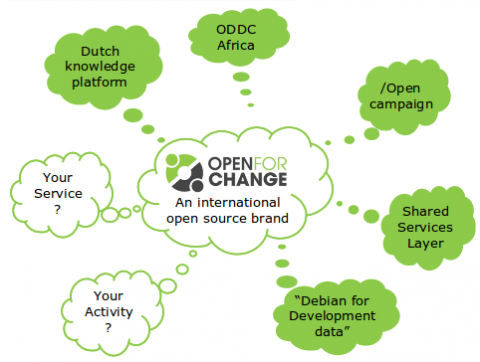
International Aid Transparency Initiative
The international development aid sector is starting to get on board the “open data” train. Preparing for the Open Data for Campaigning Day in Oxford in three weeks, and our own Open Data for Development Camp in Amsterdam in May, I had a look at what’s possible already.
International Aid Transparency Initiative (IATI): IATI aims to make aims to make information about aid spending easier to access, use and understand
IATI has been working on a standard to exchange information about development aid projects. In February, a milestone was reached:
Agreement on aid standards confirmed: We’re happy to report that last week’s meeting of the International Aid Transparency Initiative’s (IATI) signatories and Steering Committee members resulted in agreement on the remaining items to be included in the IATI standard.
The IATI Standard: This site contains all reference materials for both publishers and users of the International Aid Transparency Initiative’s standards.
In parallel, the Open Knowledge Foundation has been building out their CKAN software to build open data registries. A registry basically is a central place to find information about sources of data around the web.
CKAN – the Data Hub
One of these registries is the IATI registry, currently containing pointers to data from the UK (DFID)
IATI Registry: The IATI Registry is a hub for international development data published by agencies, community orgranisations and partner countries in a standard, open format.
So I tried to access the data from a desktop reporting tool:
In a reply to to that tweet, Tariq Khokhar from AidInfo pointed me to their Labs site with examples of tools and techniques to use (IATI and other) information in international development aid.
aidinfo labs | Innovation in aid information
The first examples look interesting, and I hope that we can explore more opportunities as part of the Open Data for Campaigning Day on 24th March in Oxford.
Come join some 40 other people for a day of hacking and plotting on open data for campaigners: using and producing data yourself!
http://opendatacampaigningcamp.eventbrite.com
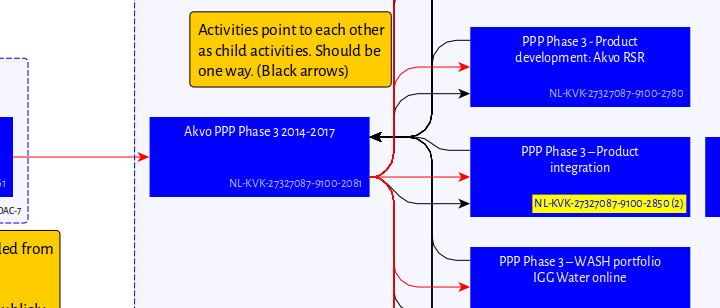

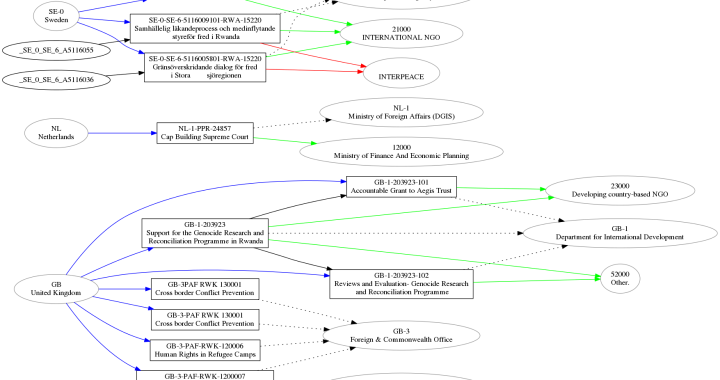
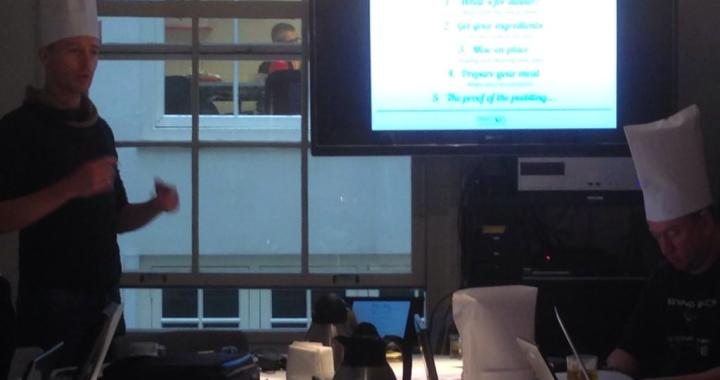

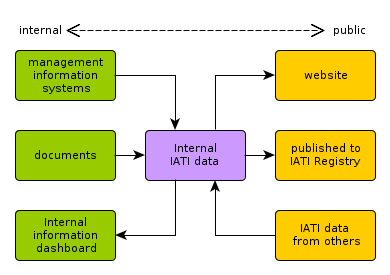
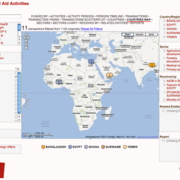 Earlier this year, I was approached by Michiel Kuijper, who was working on his Bachelor degree at the
Earlier this year, I was approached by Michiel Kuijper, who was working on his Bachelor degree at the 
